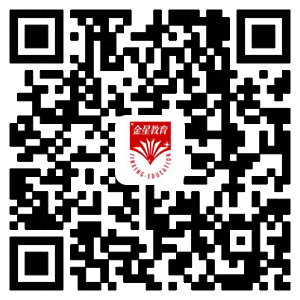He has an apple in his hand. 他手里拿着一个苹果。
提示:
a. a (an) 虽表示“一个”,但不强调数量,而是强调类别;one则强调数量。
例:I bought a computer. 我买了一台电脑。(不是收音机和电视机)
I bought one computer. 我买了一台电脑。 (不是两台)
Would you like an ice cream? 来一客冰淇淋好吗?(不是别的食物)
She gave one ice cream to them each. 她给他们每人一客冰淇淋。(不是两客)
b. 表示数量对比时,要用one, 不用a(an)。
比:我有一支红铅笔,但是他有三支。
I have a red pencil, but she has three. (误)
I have one red pencil, but she has three. (正)
我只需要一美元,但他给了我两美元。
I only want a dollar, but he has given me two. (误)
I only want one dollar, but he has given me two. (正)
2.表示一类人或物,指同类中的任何一个,a或an不必翻译
例:Even a child can answer this question. 就是小孩子也能回答这个问题。
An elephant is stronger than a horse. 大象比马力气大。
A teacher must be strict with his students. 教师必须对学生严格要求。
3.第一次提到某人或某物
第一次提到某人或某物时,用不定冠词a或an,起介绍作用。
例:A girl wants to see you. 一位姑娘要见你。
On a cold evening a stranger came to my house. 在一个寒冷的晚上,一个陌生人来到我的住处。
4.表示身份、职业
不定冠词用于单数名词前表示身份、职业,尤其用在作表语或补足语的名词前。
例:She is a high school teacher. Her name is Li Fang. 她是一位中学教师,名叫李芳。
The Whites wanted their daughter to be a musician. 怀特夫妇想要他们的女儿成为音乐家。
提示:
表示某个职位在某一时期内只有一人担任,或表示某人的头衔,则不用冠词。
例:He is captain of the team. 他是球队队长。
Zhang Fei, monitor of their class, is good at English. 张飞是他们的班长,英语很棒。
5.用于专有名词前,表示不认识某人
例:A Zhang called you just now. 一位姓张的刚才给你打电话。
A Mr. Smith wanted to see you. 有位史密斯先生想要见你。
6.不定冠词用在表示数量、长度、时间等的计数单位的名词前,表示“每一”
例:We have three meals a day. 我们每天吃三顿饭。
They met each other once a month. 他们每月会面一次。
The car moved 100 miles an hour. 这辆小汽车以每小时100英里的速度行驶。
The envelopes are one yuan a dozen. 信封一打是一元钱。
Amily goes to see her grandmother twice a week. 爱米莉每周去看奶奶两次。
